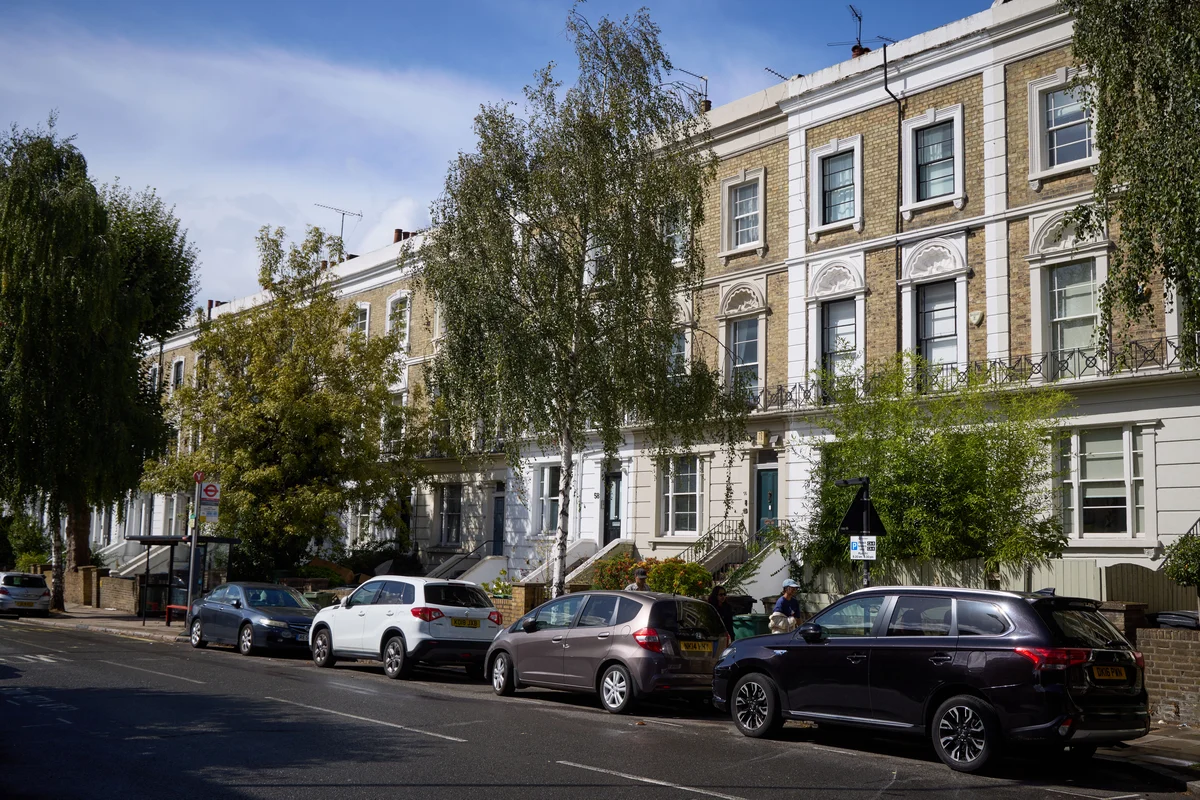By Anna White
Copyright standard

South Hampstead, Ravenscourt Park and West Putney have been named as London’s newest luxury villages, each with an average house price that has broken through the £1 million ceiling in the past 12 months — despite sluggish homes sales across the capital.
London house prices have fallen 2.4 per cent since the summer of 2022, with sales activity bogged down by stamp duty, high interest rates and crushing affordability levels.
Transaction volumes have been even slower in the capital’s most exclusive central neighbourhoods (dropping six per cent in the 12 months to August). According to one estate agent, “the local markets of Regent’s Park and Marylebone have fallen off a cliff over the last 12 months” — and the average house price across the whole of Kensington and Chelsea has fallen by a fifth over the past three years.
According to research from Savills, the three micro-neighbourhoods of South Hampstead, Ravenscourt Park and West Putney, all in travel zone two, have been sheltered from the headwinds that have swept through what is known as prime central London. But why?
Changes to non-dom tax regulation and an extended build-up to the late autumn budget, dominated by fears of further tax rises, put the brakes on the central London property market this summer. These markets tend to be discretionary, and sentiment driven, as the very wealthy seldom have to sell.
London’s new £1 million villages are a stone’s throw from such prime real estate, but sales activity in these parts is driven by necessity as families grow and school selection becomes paramount. These are leafy, quiet areas with attractive terraced houses and villas, bustling high streets and good schools. As a result, they are unwaveringly popular with families.
Although expensive, house prices go much further and in terms of status postcodes they ride on the coat tails of their elite neighbours. “South Hampstead has quietly maintained its appeal among buyers, thanks to a combination of strong school access, good value housing stock, and proximity to neighbouring — and pricier — hotspots like St John’s Wood, Hampstead Village and Belsize Park,” says Sophie Adams from House Collective. “Schools are a major draw to South Hampstead, there’s a cluster of well-regarded options around here,” she adds, pointing to South Hampstead High School, the Hall and Southbank International. “Many buyers base their search around being in walking distance to one of these schools but it is not uncommon for people to stay long after their children have left school and home.”
Toto Lambert, a buying agent from The Buying Solution, is seeing more wealthy families shifting out of Kensington or Notting Hill to peripheral pockets such as Ravenscourt
Park. “Over the past year, we’ve seen a notable shift as people look for more space and better value while remaining in reach of London’s established prime spots,” she says. “Ravenscourt Park is the perfect example of the overspill effect, where buyers are priced out of more central village locations and turning to neighbouring areas with similar lifestyle benefits.”
The 21-acre Ravenscourt Park is a big draw for young families, with a sandy play area, tennis courts and a paddling pool. Nearby there’s a blow-dry bar with a crèche and an independent local wine shop among a host of other amenities. “The highly rated St Peter’s primary school has an outstanding rating from Ofsted and there’s the Saturday farmers’ market,” she adds. Of major importance, a 2,000 sq ft house here can cost £2 million compared with an equivalent property in Kensington or Notting Hill which would more likely have a price tag of £3.5 million to £5 million. The same applies to West Putney. Your money here goes further than in Fulham.
Nationally, the research showed 44 neighbourhoods that had an average house price above £1 million in 2023 have since dropped below the threshold. Seventy-two per cent were outside the capital. “This symbolises a clear unwinding of the pandemic race for space,” it reads.
Nick Maud, analyst at Savills, adds: “It has cooled off over the past two years, with more people returning to the office. Proximity and convenience are once again driving buyer decisions and therefore we are seeing a resurgence in demand for family homes in established, well-connected areas such as Camden, Wandsworth and Hammersmith and Fulham. Neighbourhoods that combine space with strong local amenities are outperforming the broader London market.”



